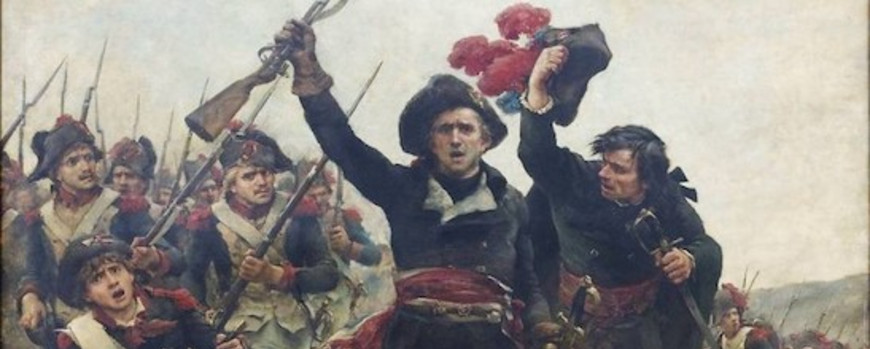Illegitimate violence in the French and Austrian militaries during the French Revolutionary and Napoleonic Wars (1792–1815)
Sub-project 3:
Illegitimate violence in the French and Austrian militaries during the French Revolutionary and Napoleonic Wars (1792–1815)
The French Revolutionary and Napoleonic Wars marked a changing character of warfare that can be roughly characterized as Volkskrieg (‘People’s War’) and which was adopted in other parts of Europe in response to the new challenges of the French wars of conquest. This sub-project aims to analyse to what extent the ‘nation in arms’ and its vigorous ideology had an impact on understandings of legitimate and illegitimate violence and on practices of warfare, specifically regarding an erasure of the basic distinction between soldiers and civilians. A comparison between the French and Austrian armies and their specific cultures of violence promises to be particularly valuable because these two great powers were the most prominent political-military antagonists on the European continent involved in a series of wars throughout the whole period under consideration. In addition, in the age of political revolutions, military reforms and emerging nationalism and liberalism, the French army was considered particularly progressive, while the army of the multi-ethnic state of Austria presented the ancien régime.
Conferences
Conference:
Illegitimate Violence during the French Revolutionary and Napoleonic Wars (1792–1815)
organised by Tanja Bührer, Isabelle Deflers, Gundula Gahlen
(Paris Lodron Universität Salzburg, 22.02.2024 - 24.02.2024)
Call for Papers
Conference Report
Workshop
Military Violence between military criminal law, international law and the customs of war during the Revolutionary and Napoleonic Wars (1792-1815)
organised by Tanja Bührer, Gundula Gahlen, Käte Hamburger Kolleg ‘Legal Unity and Pluralism’ (EViR)
(Münster, 26.06.2025 - 27.06.2025)
Principal Investigators
- Professor of Global History, Paris Lodron Universität Salzburg E-mail address: tanja.buehrer@plus.ac.at
Post-doc position
- Paris Lodron Universität Salzburg E-mail address: gundula.gahlen@plus.ac.at
- Currently Fellow at the Käte Hamburger Kolleg ‘Legal Unity and Pluralism’ (EViR) in Münster

